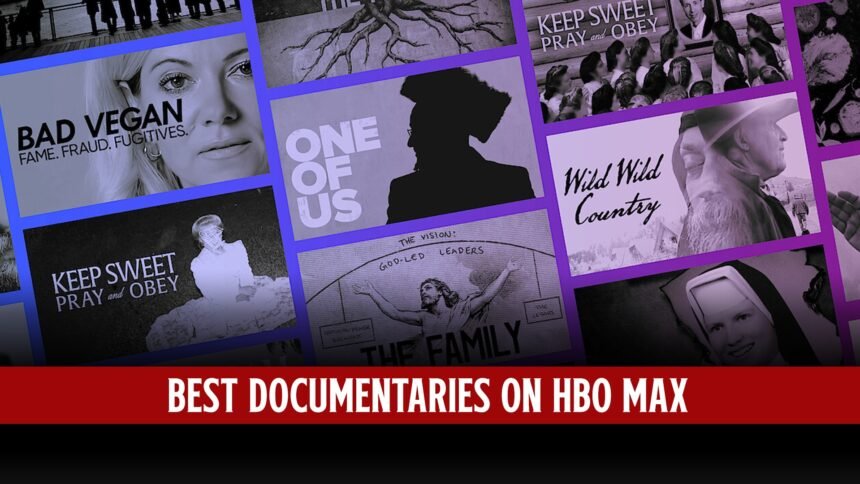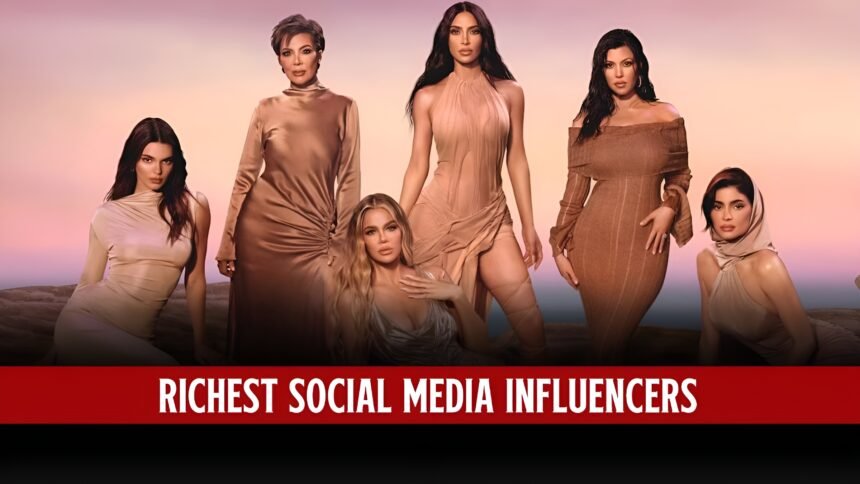According to the latest study released by the Harvard T.H. Chan School of Public Health regarding social media companies, YouTube and Instagram collectively made over $11 billion in U.S. revenue from minors in 2023.
The researchers say the results show a need for government regulation of social media since the companies that stand to make money from children who use their sites have failed to meaningfully self-regulate. They note that such rules, as well as greater transparency from tech companies, could help alleviate harm to youth mental health and trim potentially dangerous advertising techniques that target children and adolescents.
To develop the income figure, the researchers calculated the number of users under 18 on Facebook, Instagram, Snapchat, TikTok, X, and YouTube in 2022 based on people data from the U.S. Census Bureau and survey data from Common Sense Media and Pew Research. This result was published after several research studies.
They then used data from research firm eMarketer, now called Insider Intelligence, and Qustodio, a parental control app, to evaluate each platform’s U.S. earnings in 2022 and the time children consumed per day on each social media platform. After that, the researchers said they made a simulation model using the data to calculate how much ad revenue the platforms earned from minors in the United States.
Researchers and legislators have long concentrated on the adverse effects of social media platforms, whose tete-a-tete tailored algorithms can drive children towards extreme use. This year, legislators in states like New York and Utah introduced or passed a ruling that would restrain social media use among kids, citing harm to youth mental health and other problems.

Tech company Meta, which holds Instagram and Facebook, is also being sued by dozens of states for allegedly contributing to the mental health problem.
According to Bryn Austin, a professor in the Department of Social and Behavioral Sciences at Harvard and a senior author of the study, “Although social media platforms may argue that they can self-regulate their methods to decrease the harm to young people, they have yet to do so, and our study indicates they have overwhelming financial encouragement to continue to delay taking significant steps to protect children.”
The platforms don’t make public how much money they earn from minors in 2023 from ads. YouTube has become hugely famous with young children, who prefer the platform to other major streaming services like Netflix. Michael Hirsh, animator and co-founder of WOW Unlimited Media, told The Wall Street Journal that children are more drawn to shorter content than standard-length shows.
“These viewers are watching on their iPads or on other devices that have moved to shorter and shorter segments, and it’s a real point for the streamers,” Hirsh said.
YouTube content tailored to kids also draws in big bucks for the creators. Child influencers, like 12-year-old Ryan Kaji or 9-year-old Anastasia Radzinskaya, can make millions of dollars by posting videos reviewing toys, playing with friends, or learning a new skill.
Social media networks have yet to advertise to children, and parents and professionals have long expressed concerns about marketing to kids online, on television, and even in schools. Nevertheless, online ads can be specifically insidious because they can be targeted at kids, and the line between ads and the content kids seek out is often blurry.
In a 2020 policy paper, the American Academy of Pediatrics said children are “uniquely weak to the convincing effects of advertising because of immature crucial thinking skills and stimulant inhibition.”
“School-aged children and teenagers may be able to recognize advertising but are often incapable of resisting it when it is embedded within trusted social networks, inspired by celebrity influencers, or produced next to personalized content,” the paper noted.
As concerns about social media and children’s mental health increased, the Federal Trade Commission earlier this month proposed sweeping changes to a decades-old law that governs how online companies can track and advertise to children. The suggested changes include turning off targeted ads to kids under 13 by default and limiting push notifications.
As per a Harvard study, YouTube emanated the most significant ad revenue from users 12 and under ($959.1 million), followed by Instagram ($801.1 million) and Facebook ($137.2 million).
Instagram, meanwhile, emanated the greatest ad revenue from users aged 13–17 ($4 billion), followed by TikTok ($2 billion) and YouTube ($1.2 billion).
The researchers also calculated that Snapchat derived the greatest share of its overall 2022 ad revenue from users under 18 (41%), followed by TikTok (35%), YouTube (27%), and Instagram (16%).













